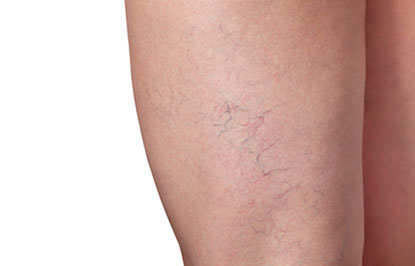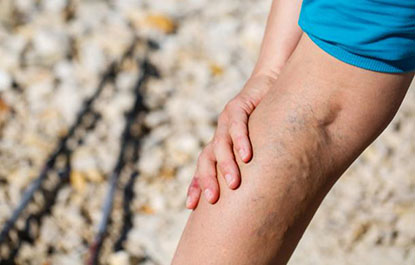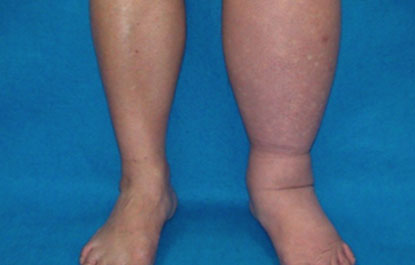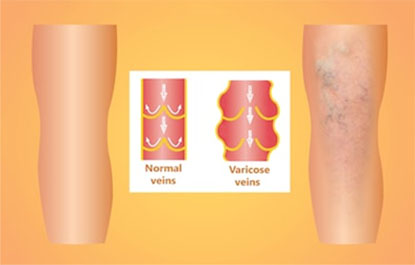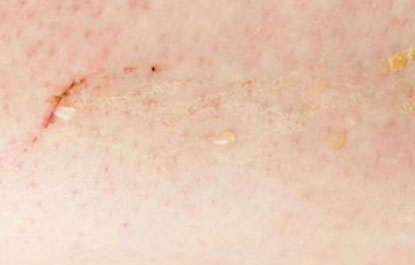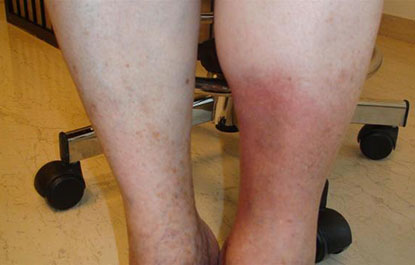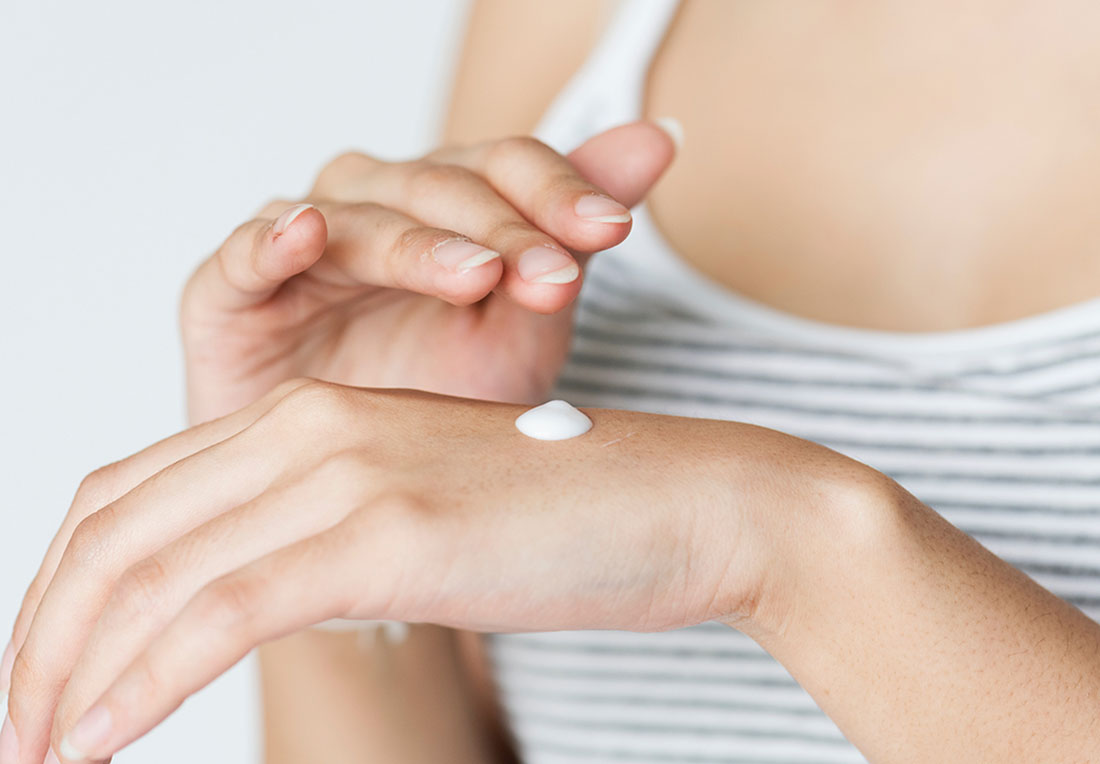- Shop Online
- Our Services
-
Guides & Help
- Compression Guides
-
Condition Guides
- Hidradenitis Suppurativa
- Varicose Veins
- Deep Vein Thrombosis
- Lymphoedema
- Lipoedema
- Tired & Aching Legs
- Sport & Exercise
- Spider, Thread Veins
- Skin Changes
- Pregnancy
- Postual Tachycardia Syndrome
- Poor Circulation
- Phlebitis
- Peripheral Oedema
- Leg Injuries
- Diabetes
- Cellulitis
- Venous Leg Ulcers
- Sport and Exercise
- Spider, Thread Veins
- Skin Changes
- Pregnancy
- Postual Tachycardia Syndrome
- Poor Circulation
- Phlebitis
- Peripheral Oedema
- Leg Injuries
- Diabetes
- Cellulitis
- Venous Leg Ulcers
- Customer Help
- Offers

